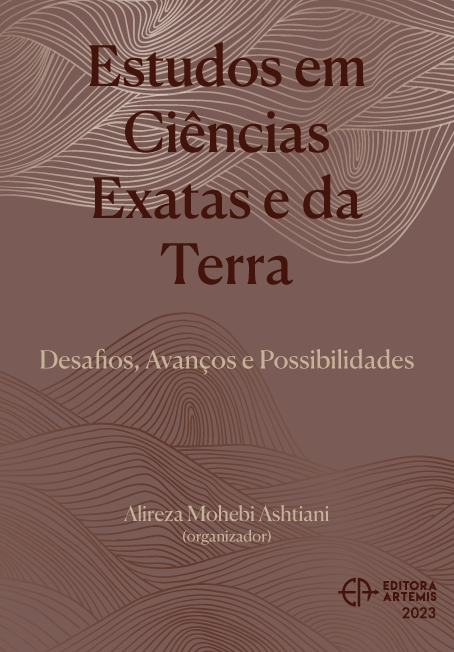
COMPARACIÓN DEL CONTENIDO FENÓLICO EN MUESTRAS DE TÉ NEGRO Y VERDE COMERCIALES MEDIANTE EL MÉTODO DE FOLIN–CIOCALTEU
El té es una de las bebidas de mayor relevancia a nivel mundial, su consumo se ha vinculado con propiedades cicatrizantes, bactericidas, de antienvejecimiento, efecto estimulante del sistema nervioso central y disminución del riesgo de enfermedades cardiovasculares, entre otras. Uno de los tés con mayor contenido fenólico es el que proviene de la planta Camellia sinensis, dependiendo del grado de oxidación de su hoja, se producen diversas variantes, dentro de estas destacan el té verde y negro, a pesar de ser una bebida muy utilizada, no es una práctica común la evaluaación de su capacidad antioxidante como parte de una evaluación de calidad. La determinación de compuestos fenólicos es una de las técnicas que puede ser utilizadas para el control de calidad de este tipo de productos, por lo que el presente trabajo tiene como objetivo determinar la cantidad de compuestos fenólicos totales (CFT) en muestras de té verde y negro de una misma marca comercial. Los compuestos fenólicos se cuantificaron mediante el método de Folin-Ciocalteu utilizando ácido gálico como control positivo, como prueba estadística se realizó un análisis de varianza (ANOVA).
COMPARACIÓN DEL CONTENIDO FENÓLICO EN MUESTRAS DE TÉ NEGRO Y VERDE COMERCIALES MEDIANTE EL MÉTODO DE FOLIN–CIOCALTEU
-
DOI: 10.37572/EdArt_2402237433
-
Palavras-chave: Camelia sinensis, metabolitos secundarios, antioxidantes, flavonoides
-
Keywords: Camellia sinensis, secondary metabolites, antioxidants, flavonoids
-
Abstract:
Tea is one of the most important beverages worldwide, its consumption has been linked to healing, bactericidal, anti-aging properties, a stimulating effect on the central nervous system and a reduction in the risk of cardiovascular diseases, among others. One of the herbal teas with the highest phenolic content is the one that comes from Camellia sinensis plant. Depending on the grade of oxidation of its leaf, various variants are produced, among which green and black tea stand out, despite being a widely used drink, does not have exhaustive quality controls that make it possible to identify and guarantee the type of tea that the population acquires. The determination of phenolic compounds is one of the techniques that can be used for quality control of this type of products, so the objective of this work is to determine the amount of total phenolic compounds (CFT) in samples of green tea and black of the same commercial brand purchased in a naturist establishment in the city of Tepic, Nayarit. The phenolic compounds were quantified by the Folin-Ciocalteu method using gallic acid as a positive control, as a statistical test an analysis of variance (ANOVA) was performed.
-
Número de páginas: 7
- Gabriela Ávila-Villarreal
- Daniela Yusbizareth Rodríguez Jiménez
- Candy Andreina Montaño Pérez
- Martha Edith Cansino Marentes
- Rogelio Fernández Argüelles
- Javier German Rodríguez Carpena

